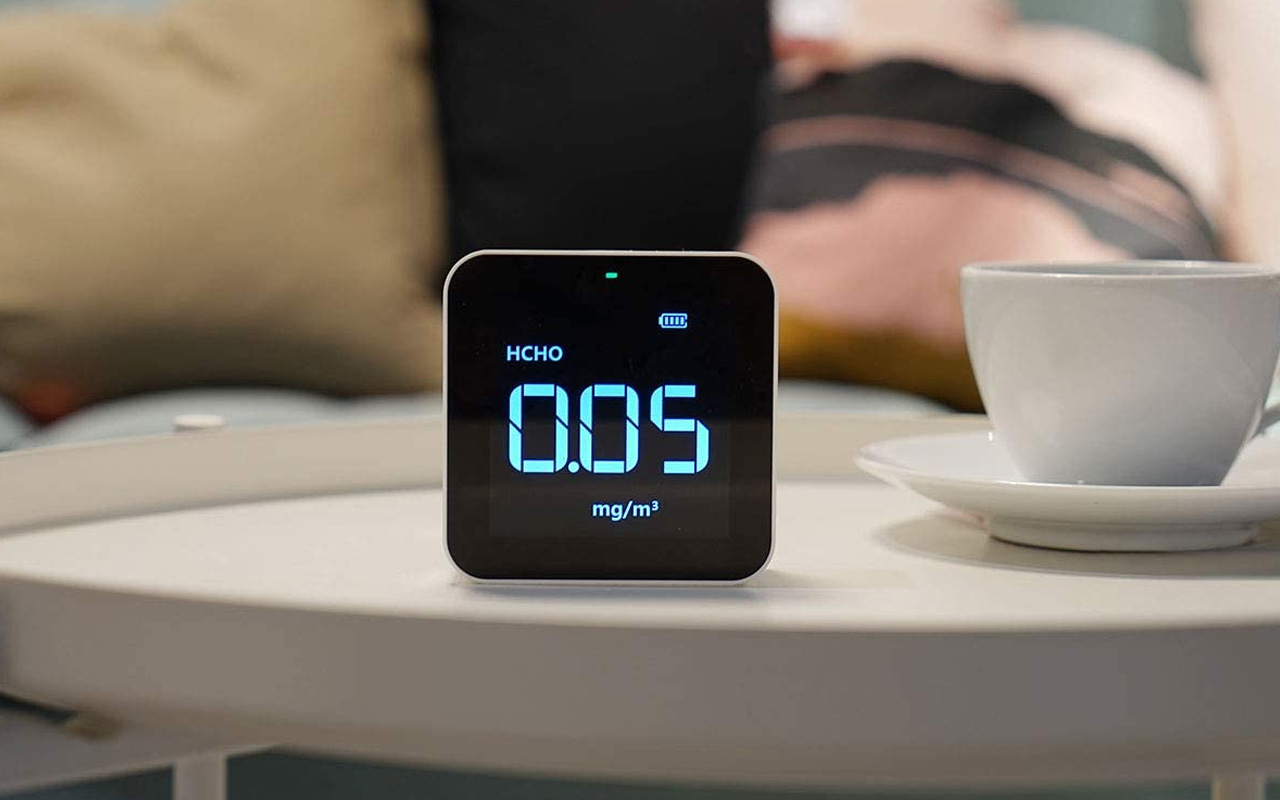Indoor air quality (IAQ) testing is a crucial aspect of maintaining a healthy and comfortable indoor environment. By assessing and identifying potential pollutants, indoor air quality testing helps ensure clean and safe air for occupants. In this article, we delve into the significance of indoor air quality testing, its process, benefits, and frequently asked questions (FAQs).
Understanding Indoor Air Quality
Sources of Indoor Air Pollution
Indoor air pollution can originate from various sources, including dust, pet dander, mold, volatile organic compounds (VOCs), and tobacco smoke. These pollutants can have adverse effects on health, especially for individuals with respiratory conditions.
Health Implications
Poor indoor air quality has been linked to respiratory problems, allergies, asthma exacerbations, and other health issues. Long-term exposure to indoor air pollutants can increase the risk of chronic conditions and compromise overall well-being.

The Process of Indoor Air Quality Testing
Initial Assessment
The first step in indoor air quality testing involves conducting an initial assessment of the indoor environment. This may include inspecting ventilation systems, identifying potential sources of pollution, and assessing occupant activities.
Sampling Methods
Various sampling methods are used in indoor air quality testing, including air sampling, surface sampling, and bulk sampling. Air sampling involves collecting air samples from different areas of the indoor space using specialized equipment.
Laboratory Analysis
Once samples are collected, they are sent to a laboratory for analysis. Laboratory tests can detect specific pollutants present in the samples, providing valuable insights into indoor air quality.
Interpretation of Results
After receiving the test results, experts interpret the findings and provide recommendations for improving indoor air quality. These recommendations may include implementing ventilation systems, removing sources of pollution, or using air purification devices.
Benefits of Indoor Air Quality Testing
Health Protection
By identifying and mitigating indoor air pollutants, testing helps protect the health and well-being of occupants, reducing the risk of respiratory problems and other health issues.
Enhanced Comfort
Improved indoor air quality enhances overall comfort and well-being, promoting a healthier indoor environment for occupants.
Energy Efficiency
Optimizing indoor air quality can lead to increased energy efficiency by ensuring that ventilation systems operate effectively and reduce energy waste.
Frequently Asked Questions (FAQs)
How often should indoor air quality testing be performed?
Indoor air quality testing should ideally be conducted periodically, especially in environments where occupants may be exposed to pollutants or allergens.
Are there DIY indoor air quality testing kits available?
Yes, there are DIY indoor air quality testing kits available in the market. However, for accurate results and comprehensive analysis, professional testing is recommended.
Can indoor air quality testing detect mold?
Yes, indoor air quality testing can detect mold spores and other microbial contaminants present in the indoor environment.
What are some common indoor air pollutants?
Common indoor air pollutants include dust mites, pet dander, pollen, mold spores, VOCs, and tobacco smoke.
How long does indoor air quality testing take?
The duration of indoor air quality testing depends on various factors, including the size of the indoor space, the number of samples collected, and the complexity of the analysis. Typically, it may take a few days to receive test results.
What measures can be taken to improve indoor air quality?
Measures to improve indoor air quality include proper ventilation, regular cleaning and maintenance, using air purifiers, reducing sources of pollution, and ensuring adequate humidity levels.
Indoor air quality testing is essential for creating a healthy and comfortable indoor environment. By understanding its importance, process, and benefits, individuals can take proactive steps to ensure clean and safe air for themselves and their families.


